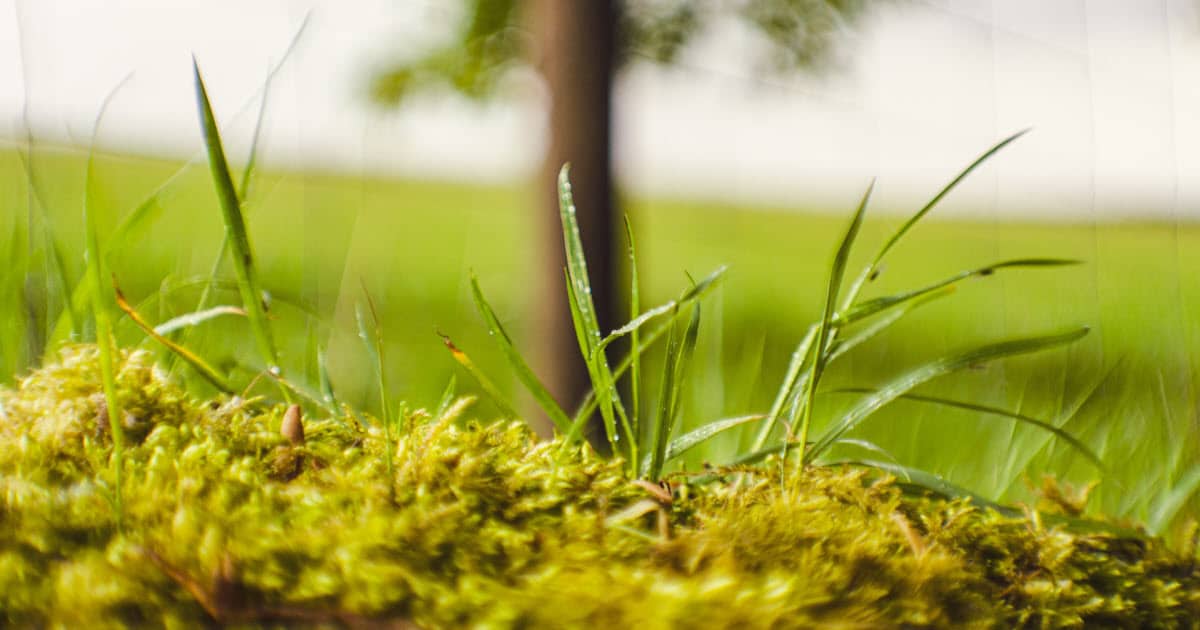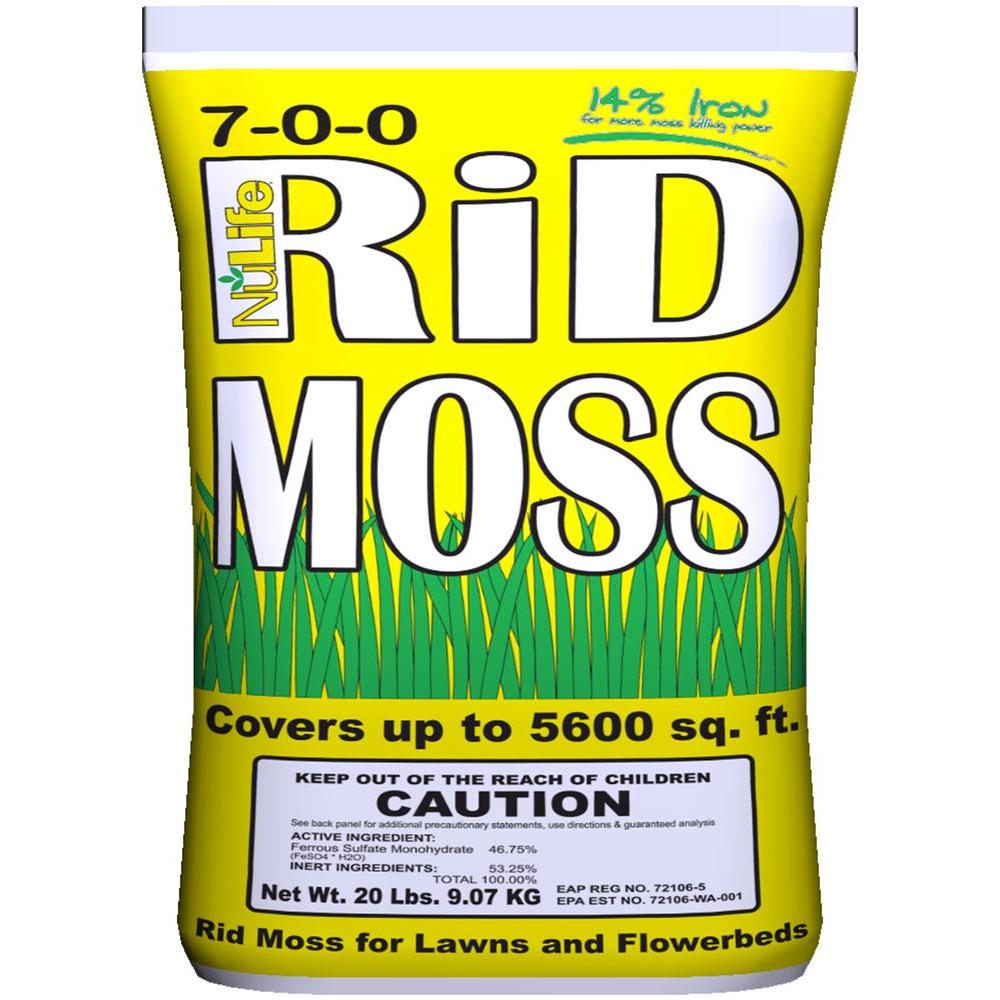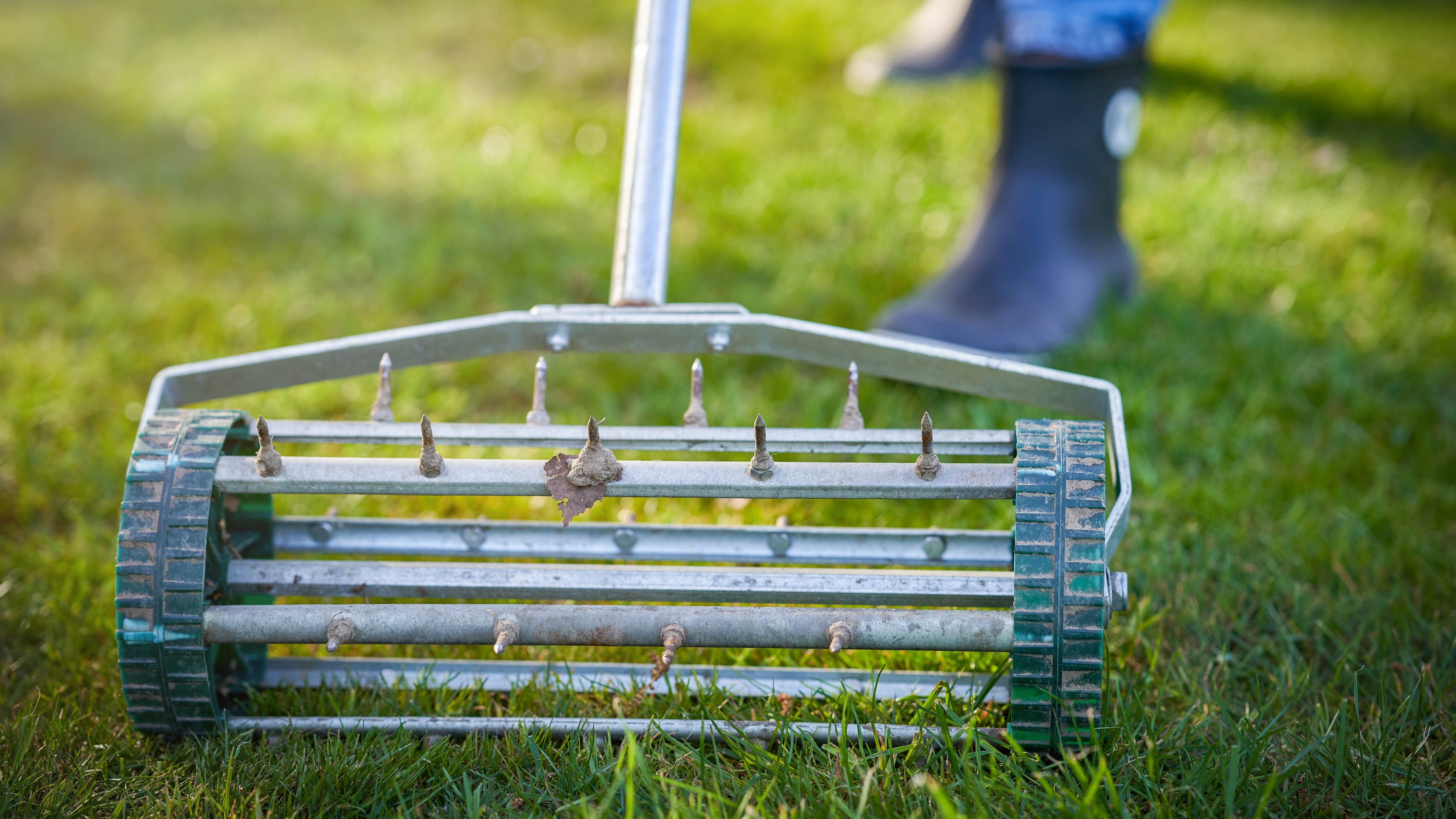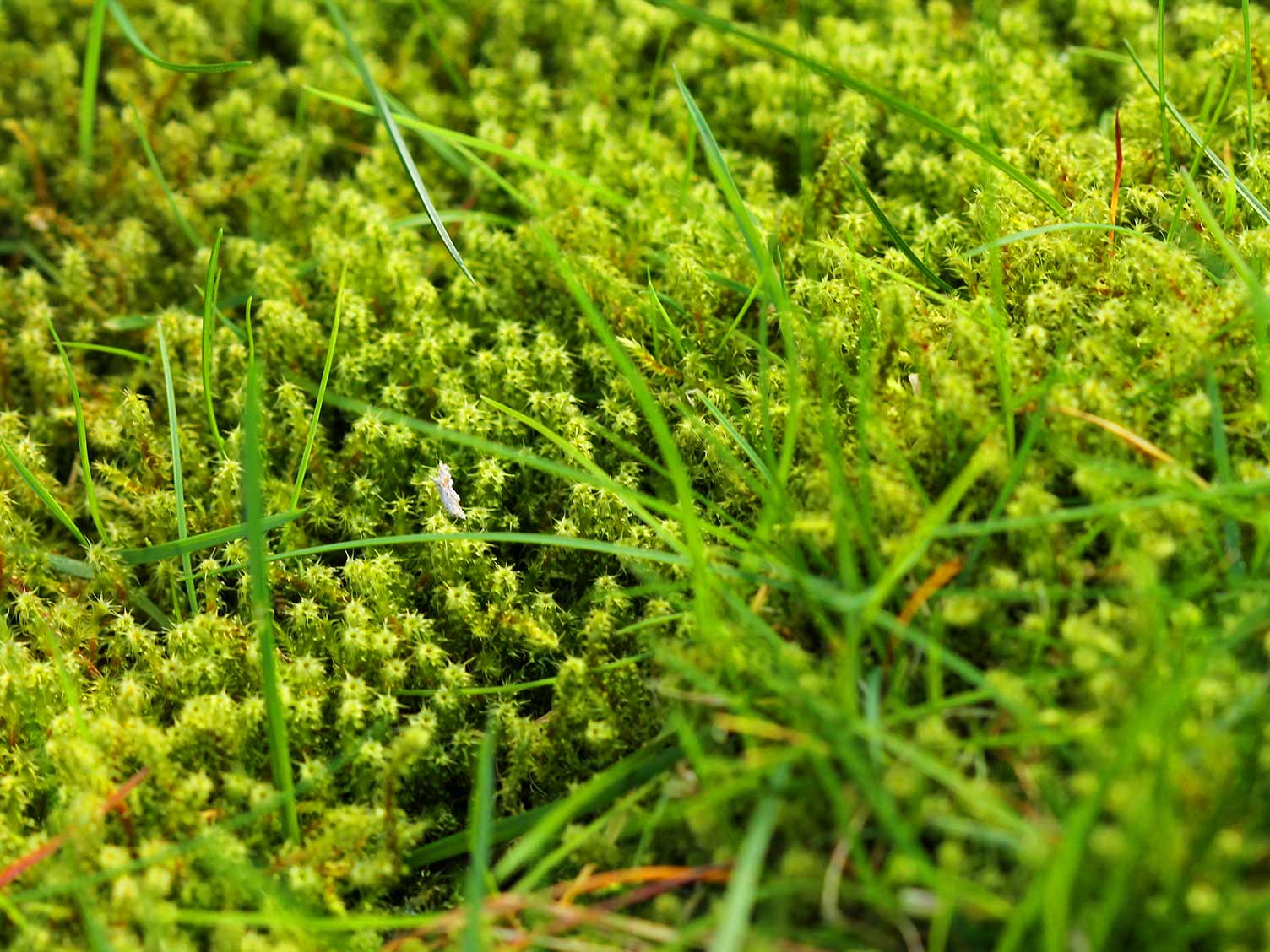Understanding the Causes of Moss Growth on Grass
Moss growth on grass is a common issue that can be caused by a combination of factors. Excessive shade, poor drainage, and soil compaction are some of the most common reasons why moss thrives on lawns. When these conditions are present, they create an environment that is conducive to moss growth, making it challenging to maintain a healthy, moss-free lawn.
Excessive shade can be a significant contributor to moss growth, as it prevents sunlight from reaching the grass, creating a cool and damp environment that moss loves. Poor drainage can also lead to moss growth, as waterlogged soil provides an ideal breeding ground for moss. Soil compaction, often caused by heavy foot or vehicle traffic, can also contribute to moss growth by preventing air, water, and nutrients from reaching the grass roots.
Additionally, lawns with poor soil quality, inadequate fertilization, and improper mowing practices can also be more susceptible to moss growth. Moss can grow on any type of grass, but it is more common on lawns with fine-textured grasses, such as Kentucky bluegrass, perennial ryegrass, and tall fescue.
To get rid of moss on grass, it is essential to understand the underlying causes of its growth. By identifying and addressing these issues, homeowners can take the first step towards creating a moss-free lawn. In the next section, we will discuss how to assess the extent of moss growth on a lawn and provide guidance on how to evaluate the overall health of the grass.
Assessing the Extent of Moss Growth: A Lawn Evaluation
Evaluating the extent of moss growth on a lawn is crucial to determining the best course of action for removal. A thorough lawn evaluation will help identify areas with heavy moss coverage, assess the overall health of the grass, and detect any underlying issues that may be contributing to moss growth.
To assess the extent of moss growth, start by walking through the lawn and visually inspecting the areas with moss. Take note of the density and color of the moss, as well as any areas where it appears to be growing more aggressively. Check for any signs of moss growth in shaded areas, around trees, and near water features.
Next, evaluate the overall health of the grass by checking for signs of stress, disease, or pests. Look for any areas with thinning or dying grass, and check for any signs of fungal diseases or pest infestations. This will help identify any underlying issues that may be contributing to moss growth.
It’s also essential to assess the soil conditions, including pH levels, nutrient deficiencies, and compaction. Soil testing can help identify any nutrient deficiencies or pH imbalances that may be contributing to moss growth. Compaction can be evaluated by checking for any areas with poor drainage or waterlogging.
By conducting a thorough lawn evaluation, homeowners can gain a better understanding of the extent of moss growth and identify any underlying issues that need to be addressed. This information will be invaluable in determining the best course of action for removing moss and preventing future growth.
Once the extent of moss growth has been assessed, the next step is to physically remove the moss using rakes and scrapers. In the next section, we will discuss the process of physically removing moss from grass and provide tips on how to avoid damaging the underlying grass.
Physical Removal Methods: Raking and Scraping
Physically removing moss from grass is a simple and effective method for getting rid of moss on lawns. This method involves using rakes and scrapers to manually remove the moss from the grass. When done correctly, physical removal can be a safe and efficient way to remove moss without causing damage to the underlying grass.
To physically remove moss from grass, start by using a rake to loosen the moss from the soil. Use a fan rake or a leaf rake to gently pull the moss away from the grass, working in sections to avoid damaging the grass. Once the moss is loosened, use a scraper or a putty knife to remove the moss from the soil. Be careful not to scrape too deeply, as this can damage the grass roots.
When removing moss, it’s essential to avoid damaging the underlying grass. To do this, use a gentle touch and avoid using too much force, which can pull the grass out of the soil. It’s also important to remove the moss in the direction of the grass growth, rather than against it, to avoid causing damage to the grass blades.
After removing the moss, dispose of it properly to prevent it from spreading to other areas of the lawn. This can be done by bagging the moss and disposing of it in the trash, or by composting it to create a nutrient-rich soil amendment.
Physical removal is a simple and effective method for getting rid of moss on lawns, but it may not be enough to completely eliminate moss growth. In the next section, we will discuss the use of chemical moss killers and fertilizers to control moss growth and prevent future growth.
Chemical Control: Using Moss Killers and Fertilizers
Chemical control is another effective method for removing moss from lawns. Moss killers and fertilizers can be used to control moss growth and prevent future growth. However, it’s essential to use these products correctly and follow the recommended application rates and safety precautions.
When choosing a moss killer, look for products that contain ingredients such as ferrous sulfate, copper sulfate, or dichlobenil. These ingredients are effective at killing moss without harming the underlying grass. Fertilizers can also be used to promote healthy grass growth and prevent moss growth.
Before applying any chemical products, read the label carefully and follow the recommended application rates. It’s also essential to wear protective clothing, including gloves and eyewear, and avoid applying products in windy or rainy conditions.
Some popular moss killers and fertilizers include Scotts Moss Control, Ortho Moss-B-Gone, and Miracle-Gro Lawn Food. These products can be applied using a sprayer or spreader, and it’s essential to follow the recommended application rates to avoid over-application.
Chemical control can be an effective method for removing moss from lawns, but it’s essential to use these products correctly and follow the recommended safety precautions. In the next section, we will discuss cultural methods for preventing moss growth, including adjusting lawn care practices and improving soil conditions.
Cultural Methods: Adjusting Lawn Care Practices
Adjusting lawn care practices is an effective way to prevent moss growth and maintain a healthy, moss-free lawn. By making a few simple changes to your lawn care routine, you can create an environment that is less conducive to moss growth.
One of the most important cultural methods for preventing moss growth is maintaining proper mowing heights. Keeping your grass at the recommended height for your specific grass type can help prevent moss growth by allowing the grass to grow thick and dense, making it more difficult for moss to grow.
Watering deeply but infrequently is another effective way to prevent moss growth. Moss thrives in damp, humid environments, so reducing the frequency of watering can help prevent moss growth. Additionally, watering deeply can help promote deep root growth, making the grass more resistant to moss growth.
Aerating the soil is also an important cultural method for preventing moss growth. Aerating the soil can help improve drainage, reduce soil compaction, and promote healthy root growth, all of which can help prevent moss growth.
Other cultural methods for preventing moss growth include maintaining proper fertilization and pest control practices. By providing your lawn with the necessary nutrients and controlling pests and diseases, you can create an environment that is less conducive to moss growth.
By incorporating these cultural methods into your lawn care routine, you can help prevent moss growth and maintain a healthy, moss-free lawn. In the next section, we will discuss the importance of improving soil conditions to prevent moss growth, including aeration, dethatching, and topdressing.
Improving Soil Conditions: Aeration, Dethatching, and Topdressing
Improving soil conditions is an essential step in preventing moss growth and maintaining a healthy, moss-free lawn. Aeration, dethatching, and topdressing are three important tasks that can help improve soil conditions and prevent moss growth.
Aeration involves removing small plugs of soil and grass to improve airflow, reduce soil compaction, and promote healthy root growth. This can be done using a manual or powered aerator, and it’s recommended to aerate the lawn at least once a year.
Dethatching involves removing the dead and decaying plant material that accumulates on the soil surface. This can be done using a dethatching rake or a power rake, and it’s recommended to dethatch the lawn at least once a year.
Topdressing involves applying a layer of organic matter, such as compost or well-rotted manure, to the soil surface. This can help improve soil structure, increase the soil’s water-holding capacity, and promote healthy root growth.
By improving soil conditions through aeration, dethatching, and topdressing, you can create an environment that is less conducive to moss growth. This can help prevent moss from growing in the first place, and it can also help to get rid of moss that is already present.
It’s also important to note that improving soil conditions can have a range of other benefits for the lawn, including improving drainage, reducing soil compaction, and promoting healthy root growth. By incorporating these tasks into your lawn care routine, you can help to create a healthy, thriving lawn that is less susceptible to moss growth.
In the next section, we will discuss the importance of preventing future moss growth through regular monitoring, maintaining a healthy lawn care routine, and addressing any underlying issues.
Preventing Future Moss Growth: Maintenance and Monitoring
Preventing future moss growth requires regular maintenance and monitoring of the lawn. By following a few simple tips, you can help keep your lawn moss-free and healthy.
Regular monitoring is key to preventing future moss growth. Keep an eye out for any areas of the lawn where moss may be starting to grow, and take action quickly to remove it. This can be done by regularly inspecting the lawn and removing any moss that is found.
Maintaining a healthy lawn care routine is also essential for preventing future moss growth. This includes mowing the lawn at the recommended height, watering deeply but infrequently, and fertilizing the lawn regularly. By following these tips, you can help create an environment that is less conducive to moss growth.
Addressing any underlying issues that may be contributing to moss growth is also important. This can include improving soil drainage, reducing soil compaction, and increasing sunlight to the lawn. By addressing these issues, you can help create an environment that is less conducive to moss growth.
Finally, consider implementing a regular lawn care schedule to help prevent future moss growth. This can include regular mowing, watering, and fertilizing, as well as regular monitoring for moss growth. By following a regular lawn care schedule, you can help keep your lawn healthy and moss-free.
By following these tips, you can help prevent future moss growth and keep your lawn healthy and moss-free. In the next section, we will summarize the main points of the article and encourage readers to take action to remove moss from their lawns and maintain a healthy, moss-free lawn.
Conclusion: A Moss-Free Lawn is Within Reach
Removing moss from your lawn can be a challenging task, but with the right techniques and strategies, it is achievable. By understanding the causes of moss growth, assessing the extent of moss growth, and using physical removal methods, chemical control, cultural methods, and improving soil conditions, you can effectively remove moss from your lawn.
Preventing future moss growth requires regular maintenance and monitoring, including regular mowing, watering, and fertilizing, as well as addressing any underlying issues that may be contributing to moss growth.
By following the tips and techniques outlined in this article, you can create a healthy, moss-free lawn that is perfect for outdoor living and recreation. Remember to be patient and persistent, as removing moss from your lawn can take time and effort.
Don’t let moss take over your lawn. Take action today to remove moss and create a beautiful, healthy lawn that you can enjoy for years to come. With the right techniques and strategies, a moss-free lawn is within reach.









